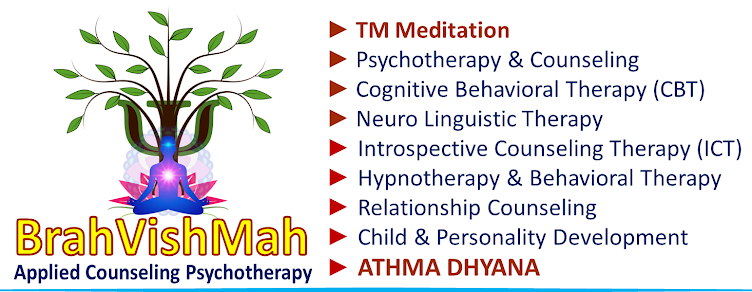Person or Client-Centered Therapy is sometimes referred to as Rogerian Therapy, and additionally commonly associated with Humanistic Psychology. It is primarily a humanistic approach that deals with the ways in which individuals perceive themselves consciously, rather than how a counselor can interpret their unconscious thoughts or ideas.
Goal of the Therapists
The therapist in this approach works to understand an individual’s experience from their perspective. The therapist must positively value the client as a person in all aspects of their humanity while aiming to be open and genuine. This is vital in helping the client feel accepted, and better able to understand their own feelings. The approach can help the client to reconnect with their inner values and sense of self-worth, thus enabling them to find their own way to move forward and progress
Therapeutic induction
The main aim is to help the patients to realize or evolve their self actualization. An important part of the self-actualizing theory is that in a particular psychological environment, the fulfillment of personal potentials includes; sociability (the need to be with other people, and a desire to know and be known by others); being open to experience; being trusting and trustworthy; and being curious, creative and compassionate. This psychological environment is one where a person feels both physically and emotionally free from threat. There are three conditions believed to help achieve this environment, particularly in the therapy room.
I. Congruence - the counselor must be completely genuine
II. Empathy - the counselor must strive to understand the client's experience
III. Unconditional positive regard - the counselor must be non-judgmental and valuing
Conditions of Person centered counseling
1) Therapist–client psychological contact: a relationship between client and therapist must exist, and it must be a relationship in which each person's perception of the other is important
2) Client incongruence: that in-congruence exists between the client's experience and awareness
3) Therapist congruence, or genuineness: the therapist is congruent within the therapeutic relationship
4) The therapist is deeply involved—they are not "acting"—and they can draw on their own experiences (self-disclosure) to facilitate the relationship
5) Therapist unconditional positive regard: the therapist accepts the client unconditionally, without judgment, disapproval or approval. This facilitates increased self-regard in the client, as they can begin to become aware of experiences in which their view of self-worth was distorted or denied
6) Therapist empathic understanding: the therapist experiences an empathic understanding of the client's internal frame of reference. Accurate empathy on the part of the therapist helps the client believe the therapist's unconditional regard for them
7) Client perception: that the client perceives, to at least a minimal degree, the therapist's unconditional positive regard and empathic understanding
Client-centered therapy may help people who are experiencing
1) Anxiety and psychosis
2) Dementia
3) Depression
4) Mood disorders
5) Negative thoughts related to post-traumatic stress
disorder (PTSD)





No comments:
Post a Comment